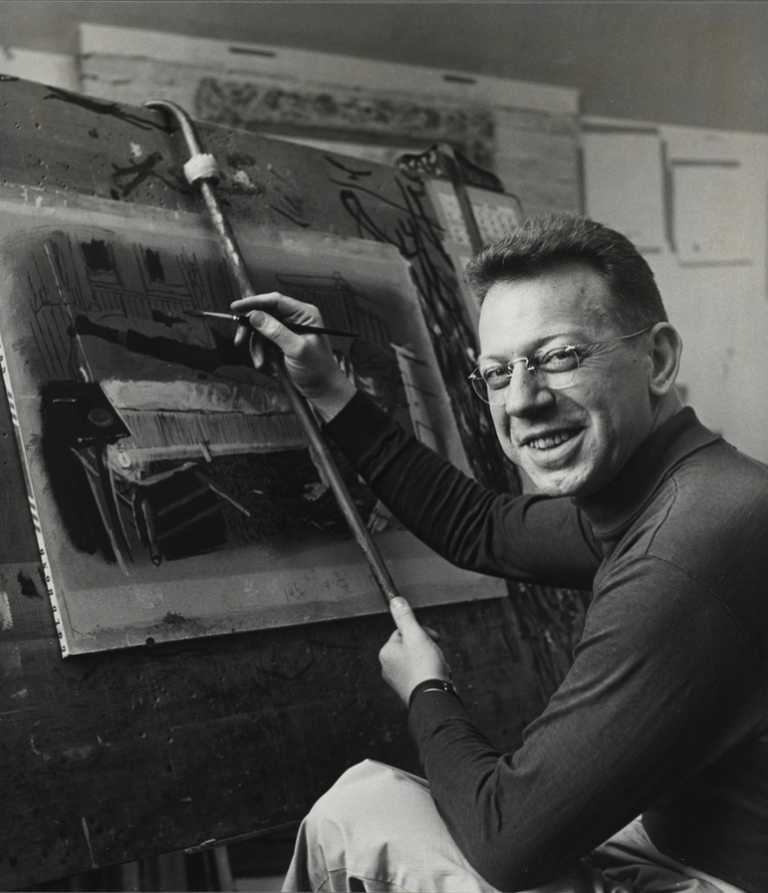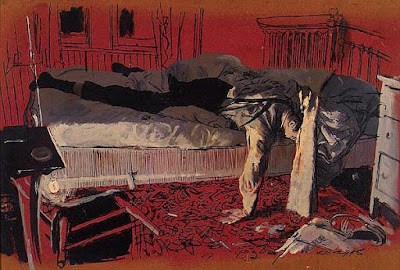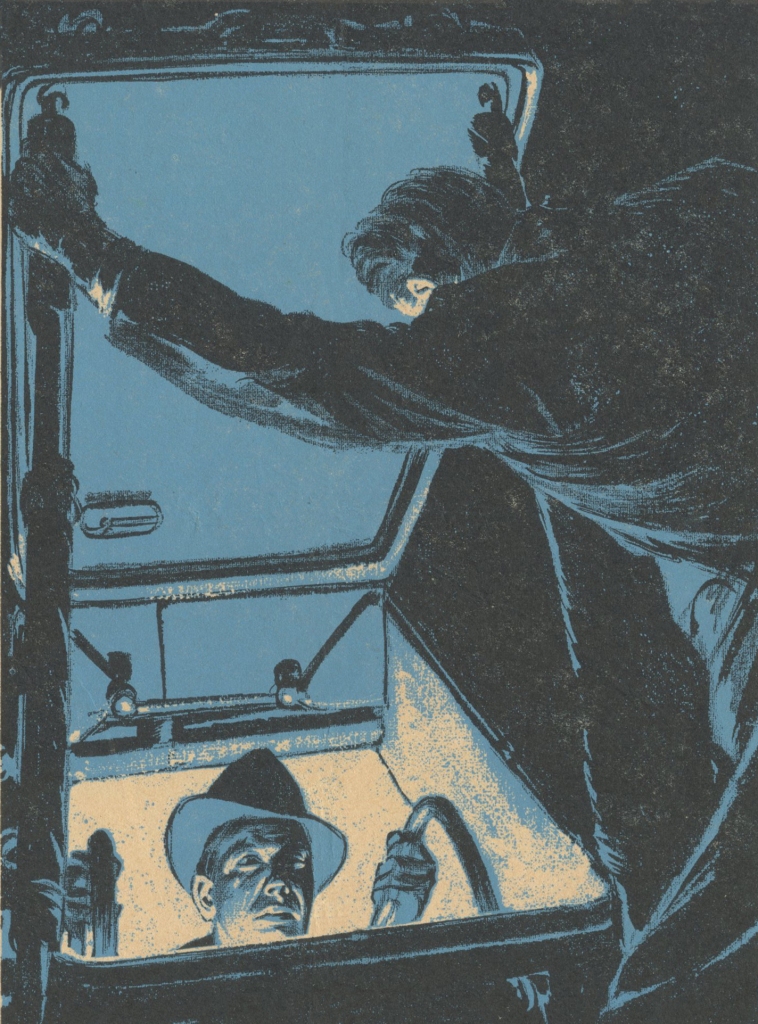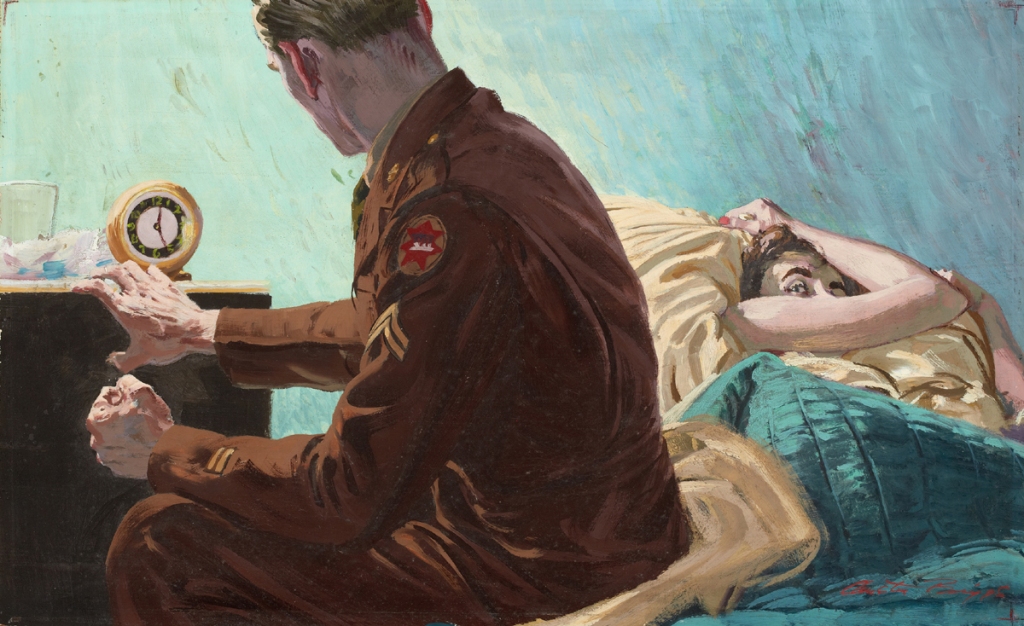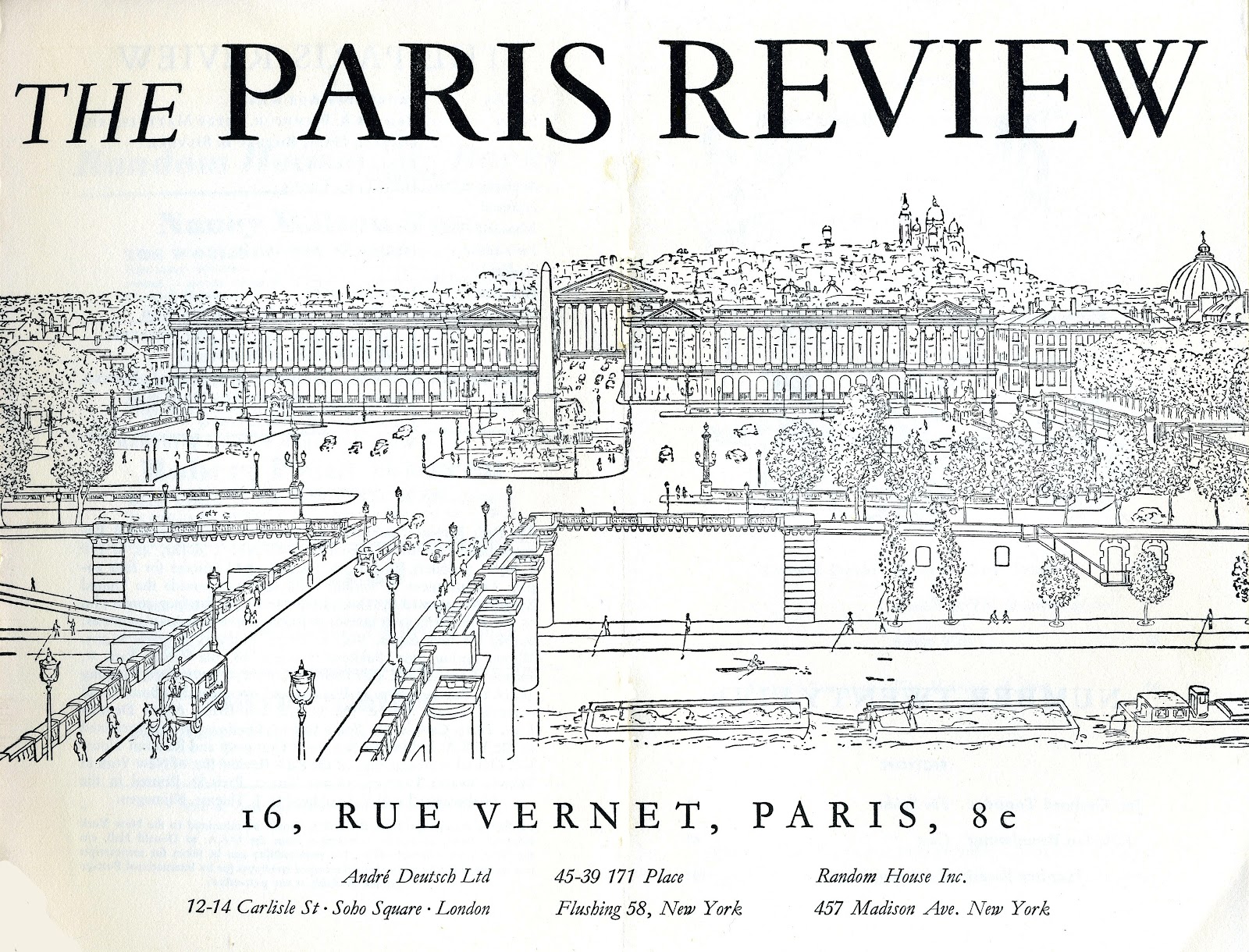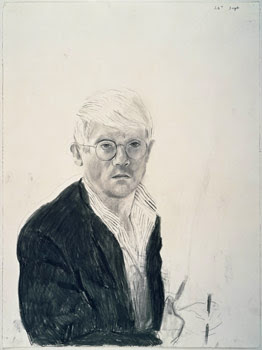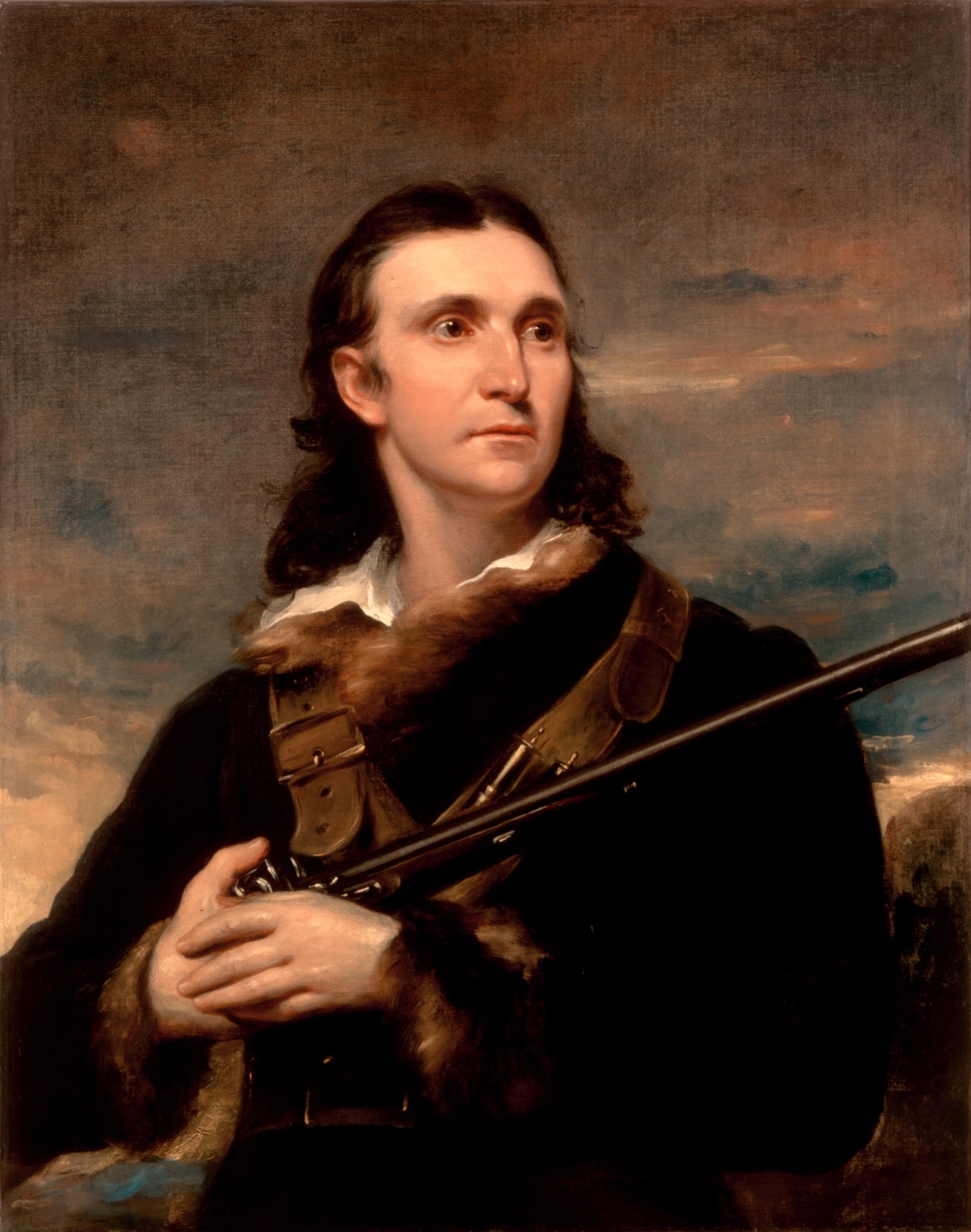
In 1857 the opinioned and influencial British critic, artist, writer and educator John Ruskin put out a beginner’s drawing book in which he laid down the laws of that he believed on the subject. While there’s plenty to disagree with in his heavy-handed tract, I found it enjoyable and enlightening to read. Here’s my favorite screed from the book in which he encourages artists to push towards individuality in their work and against the forces of assimilation, which exist in every age.
“And herein the great masters separate themselves finally from the inferior ones; for if the men of inferior genius ever express law at all, it is by the sacrifice of individuality.
Thus, Salvator Rosa has great perception of the sweep of foliage and rolling of clouds, but never draws a single leaflet or mist wreath accurately. Similarly, Gainsborough, in his landscape, has great feeling for masses of form and harmony of color; but in the detail gives nothing but meaningless touches; not even so much as the species of tree, much less the variety of its leafage, being ever discernible. Now, although both these expressions of government and individuality are essential to masterly work, the individuality is the more essential, and the more difficult of attainment; and, therefore, that attainment separates the great masters finally from the inferior ones. It is the more essential, because, in these matters of beautiful arrangement in visible things, the same rules hold that hold in moral things. It is a lamentable and unnatural thing to “see a number of men subject to no government, actuated by no ruling principle, and associated by no common affection: but it would be a more lamentable thing still, were it possible, to see a number of men so oppressed into assimilation as to have no more any individual hope or character, no differences in aim, no dissimilarities of passion, no irregularities of judgment; a society in which no man could help another, since none would be feebler than himself; no man admire another, since none would be stronger than himself; no man be grateful to another, since by none he could be relieved; no man reverence another, since by none he could be instructed; a society in which every soul would be as the syllable of a stammerer instead of the word aof a speaker, in which every man would walk as in a frightful dream, seeing specters of himself, in everlasting multiplication, gliding helplessly around him in a speechless darkness.
Therefore it is that perpetual difference, play, and change in groups of form are more essential to them even than their being subdued by some great gathering law: the law is needful to them for their perfection and their power, but the difference is needful to them for their life.”
-from The Elements of Drawing, 1857, by John Ruskin (1819-1900)
